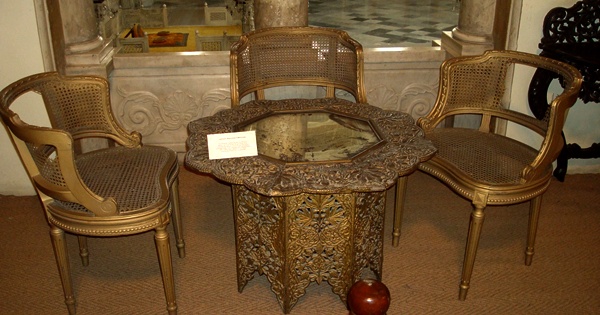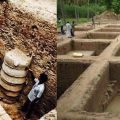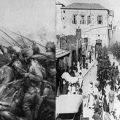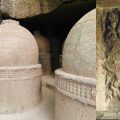Take a visual tour of furniture and crockery used by the Nizams of Hyderabad since the early 1700’s. The chandeliers used during their times are still magnificent in design and shine.
[slideshow_deploy id=’617′]
Hyderabad was a princely state prior to Independence of India. The state comprised of Telangana, Karnataka, and the Marathwada area of Maharashtra.
The first Nizam of Hyderabad was Mir Qamar-ud-Din Siddiqi or Asaf Jah 1 of the Asaf Jah dynasty. He was the Viceroy of the Deccan region under the Mughals. Following Aurangzeb’s death, the Mughal rule collapsed soon after. In 1724, Mir Qamar-ud-Din Siddiqi declared himself as the independent ruler of Hyderabad.
With the rise of the Marathas and with their frequent attacks in the Hyderabad region, Mir Qamar-ud-Din Siddiqi gave in to their demand for tax. Successive Nizams paid taxes to the Marathas.
In total, seven Nizams ruled Hyderabad until 1947. They were Mir Qamar-ud-Din Siddiqi, Mir Ahmed Ali Khan, Mir Hidayat Muhi-ud-din Sa’adullah Khan, Mir Sa’id Muhammad Khan, Mir Nizam Ali Khan, Mir Akbar Ali Khan, Mir Farqunda Ali Khan, Mir Tahniyath Ali Khan, Mir Mahbub Ali Khan, and Mir Osman Ali Khan.
The last Nizam, Osman Ali Khan, had 28 sons and 44 daughters.
The Nizams built several grand palaces during their reign. Few of these palaces, which are examples of architectural brilliance, include Chowmahalla Palace, Falaknuma Palace, Bella Vista, Hill Fort Palace, Khilwath Palace, Purani Haveli, King Kothi Palace, Mahboob Mansion, Chiran Palace, and Saifabad Palace.
Later, the British annexed part of the Hyderabad state, especially the Berar region into the British Empire.
When the British left India, partitioning the country into India and Pakistan, they gave three options to the 566 princely states:
• Accede to India
• Accede to Pakistan
• Remain independent.
While majority of the states acceded to India, the Nizam of Hyderabad chose to remain as an independent country. The Government of India repeatedly persuaded the Nizam for acceding Hyderabad to India, but in vain.
Meanwhile, the Nizam’s army committed atrocities on thousands of innocent civilians, especially Hindus, killing them and looting their property. Several thousand civilians lost their lives in the barbarian act. Sardar Vallabhbhai Patel, the then Home Minister and Deputy Prime Minister of India, intervened. Under his instructions, the Government of India launched an attack on this princely state under ‘Operation Polo’ on 13 September 1948.
The Indian Army defeated the Nizam’s untrained forces in no time. And the Nizam surrendered after four days, i.e. on 17 September 1948. And Hyderabad became a part of India.
Latest posts by manoshi sinha (see all)
- What if Shaikh Paltu had Helped Mangal Panday instead of British? - October 23, 2024
- Shivaleela: Celebration of Shiva in this 21st Century Gurukul - October 23, 2024
- INA Veteran Lt Madhvan Appeals for Installation of Statue of Rash Behari Bose in Delhi - October 23, 2024







